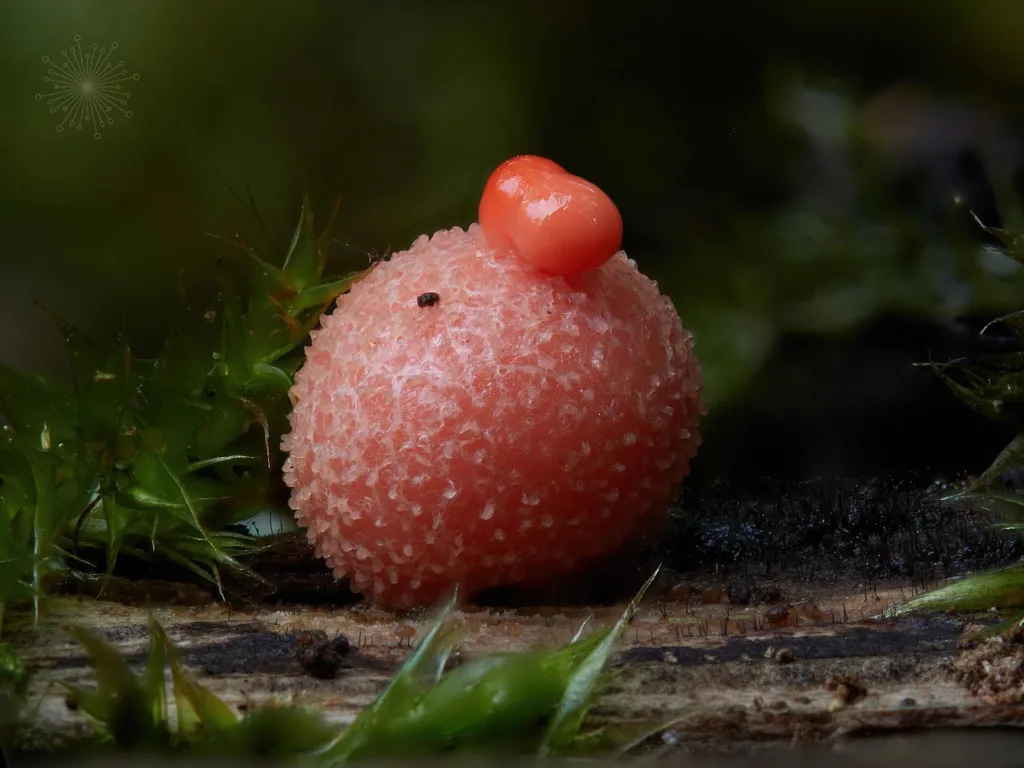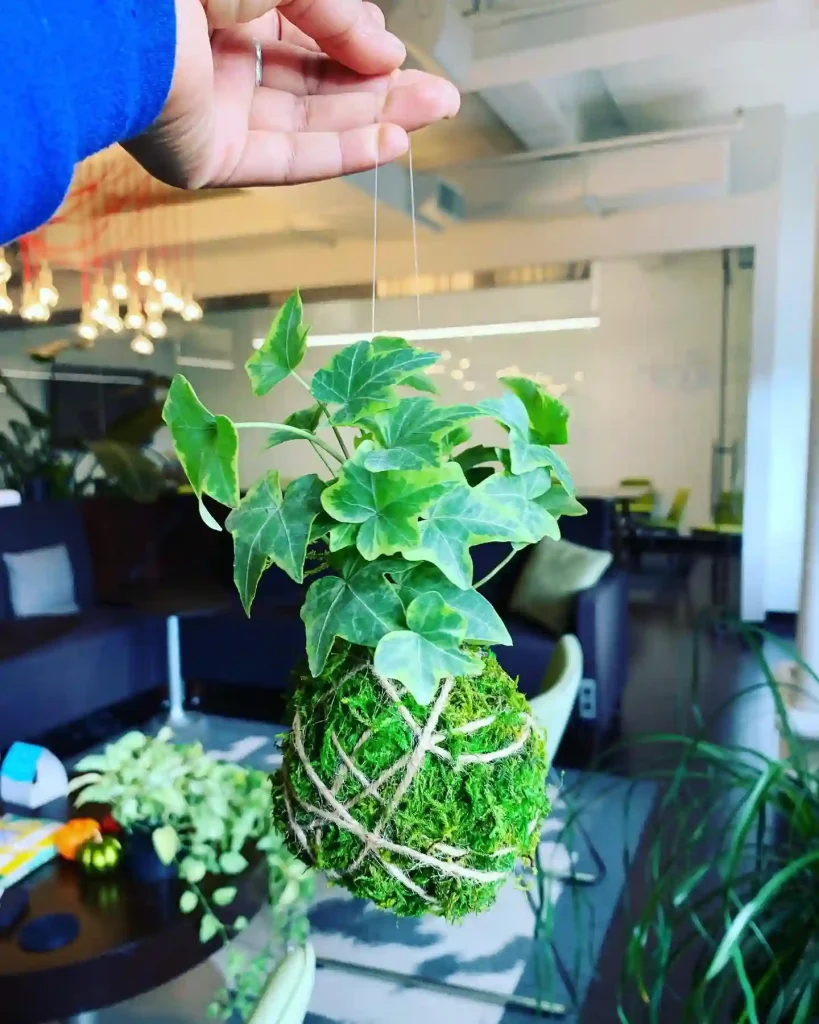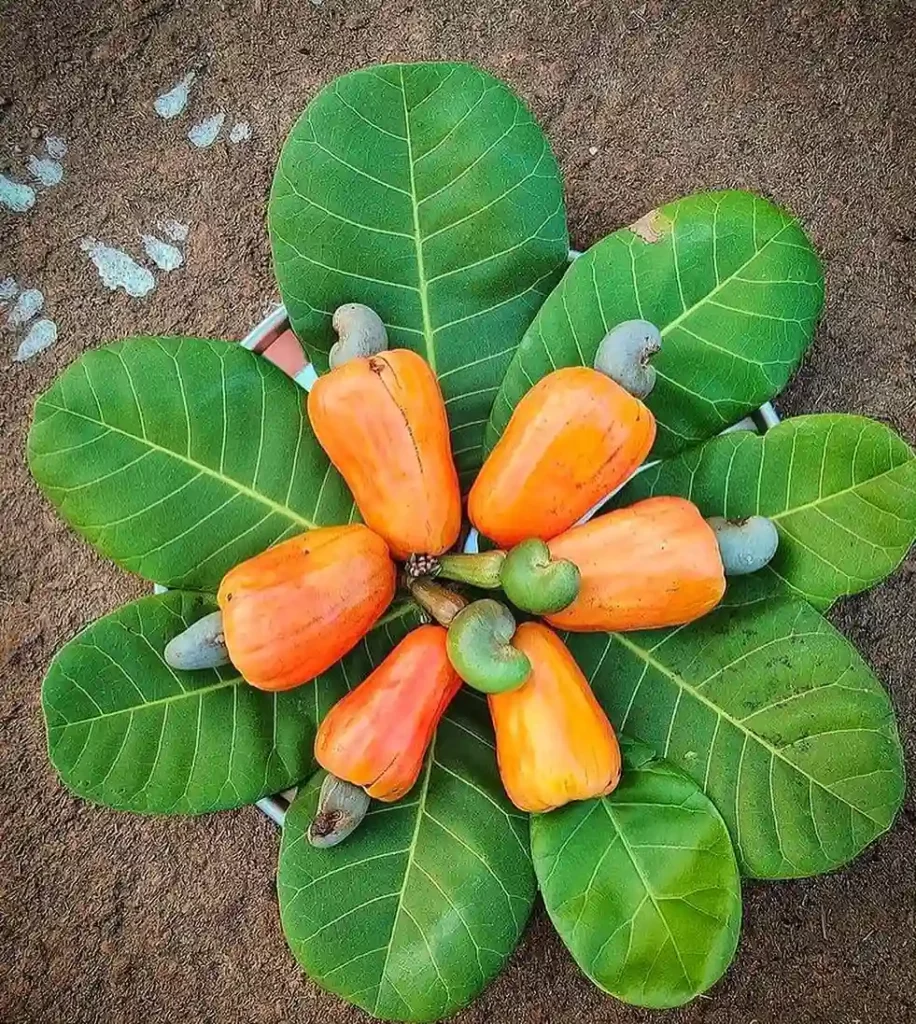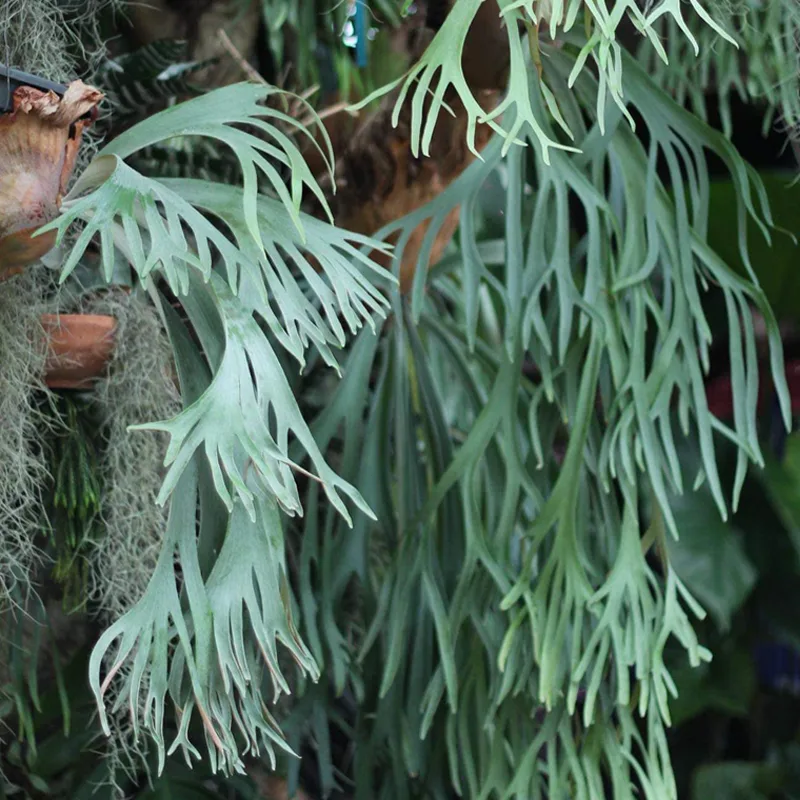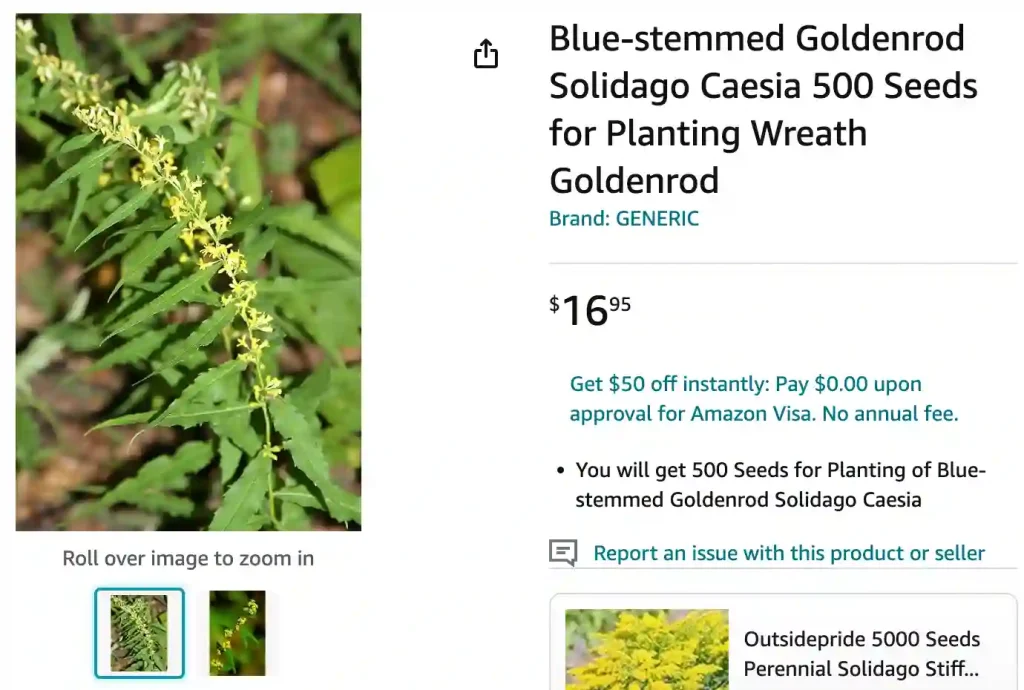
FAQs About Solidago Caesia: Everything You Need to Know
As someone who loves to dive into the details of various plants, I’ve gathered a wealth of information about Solidago Caesia, commonly known as Blue-Stemmed Goldenrod. This plant is not only beautiful but also versatile, making it a great addition to many gardens. If you’re considering adding this plant to your collection or just want to know more, here’s a comprehensive guide addressing the most frequently asked questions about Solidago Caesia.
145 Species in Genus Solidago
What is Solidago Caesia?
Solidago Caesia, or Blue-Stemmed Goldenrod, is a perennial herbaceous plant native to North America. It’s part of the Asteraceae family, which includes sunflowers and daisies. Known for its striking blue-green stems and bright yellow flower clusters, it adds a splash of color to gardens and natural landscapes. This plant typically grows between 2 to 4 feet tall and thrives in various soil types.
How to Care for Solidago Caesia?
Caring for Solidago Caesia is relatively straightforward, making it an excellent choice for both novice and experienced gardeners. Here’s a simple guide to keeping your Blue-Stemmed Goldenrod healthy:
- Sunlight: Solidago Caesia thrives in full sun to partial shade. It prefers at least 4 to 6 hours of direct sunlight daily.
- Soil: It is adaptable to various soil types but prefers well-drained soil. Ensure the soil has good drainage to prevent root rot.
- Watering: Regular watering is essential, especially during dry spells. Keep the soil consistently moist but not waterlogged.
- Fertilizing: Apply a balanced, all-purpose fertilizer in the spring to promote healthy growth and flowering.
- Pruning: Deadhead spent blooms to encourage more flowers and keep the plant looking tidy. Cut back the plant in late fall or early spring to remove any dead or damaged stems.
How to Propagate Solidago Caesia?
Propagating Solidago Caesia can be done through seeds or division:
- Seeds: Sow seeds directly in the garden after the last frost or start them indoors 6 to 8 weeks before the last frost. Lightly cover the seeds with soil and keep them moist until they germinate.
- Division: In early spring or fall, divide established plants by carefully separating the root clumps. Replant the divisions in well-prepared soil.
What to Plant With Solidago Caesia?
Solidago Caesia pairs well with a variety of companion plants. Here are a few suggestions:
- Echinacea (Coneflower): The tall, sturdy stems of Solidago Caesia complement the vibrant blooms of Echinacea.
- Rudbeckia (Black-Eyed Susan): Both plants share similar growing conditions and provide a stunning visual contrast.
- Asters: The late-blooming Asters can extend the color display in your garden, working well with Solidago Caesia.
Is Solidago Caesia Toxic?
Solidago Caesia is not known to be toxic to humans or pets. However, it’s always a good practice to avoid consuming any part of the plant and to keep an eye on your pets to ensure they don’t nibble on garden plants.
Benefits of Solidago Caesia
In addition to its visual appeal, Solidago Caesia offers several benefits:
- Wildlife Friendly: The plant attracts pollinators such as bees and butterflies, making it a valuable addition to any pollinator garden.
- Low Maintenance: Once established, it requires minimal care and is drought-tolerant.
- Naturalizing: Solidago Caesia is great for naturalizing in wildflower meadows and mixed borders.
Common Problems with Solidago Caesia
While Solidago Caesia is generally hardy, it can face a few issues:
- Powdery Mildew: This fungal disease can appear as a white, powdery substance on the leaves. Ensure good air circulation and avoid overhead watering to minimize this problem.
- Root Rot: Overwatering or poor drainage can lead to root rot. Make sure the soil drains well and avoid waterlogging.
Compare with Other Goldenrods
Solidago Caesia is often compared to other Goldenrod species, like Solidago Rugosa and Solidago canadensis. Here’s a brief comparison:
- Solidago Rugosa (Rough Goldenrod): Known for its rougher leaf texture and larger flowers, Solidago Rugosa can grow taller and prefers more moisture.
- Solidago canadensis (Canada Goldenrod): This species is more aggressive and can spread quickly. It’s ideal for larger spaces where a robust plant is needed.
Conclusion
Solidago Caesia, or Blue-Stemmed Goldenrod, is a fantastic addition to any garden. With its vibrant yellow flowers, easy care, and benefits for wildlife, it’s a plant that offers both beauty and practicality. Whether you’re looking to enhance a garden bed or add a splash of color to a wildflower meadow, Solidago Caesia is a choice worth considering. With the right care and conditions, it can thrive and provide enjoyment for many seasons to come.
If i die, water my plants!
